





Following a ?Garden Mythbuster? article I wrote about rubber mulch and the mulch polluting the soil with heavy metals, I was asked about how to get rid of such pollution? One way is to use plants to clean up or remediate polluted areas. I have had some exposure to remediation while working with a team assisting in turning vacant lots into community gardens.
I'm sure most of us are familiar with the film "Erin Brockovich" in which Julia Roberts portrayed Ms. Brockovich a legal aide who took on Pacific Gas and Electric when they polluted an entire town in southern California.
That movie brought to light the pollution many companies both large and small are inflicting on the planet today. When factories move from sites, they sometimes leave behind soils that are contaminated with chemicals, heavy metals and who-knows-what-else. Illegal dumpers also trespass on vacant property and leave behind drums of highly toxic chemicals that leach out into the soil.
Several years ago I was asked to be part of a team to put together a program to train folks how to acquire vacant land and turn it into community gardens. Cities like Detroit, Chicago and other urban centers are dotted with large areas of abandoned and vacant property. Most of these are in poverty-stricken areas where the need for fresh produce is great; a perfect place for community gardens.
One of the key elements in approving an area for a new garden is a complete soil test to check for pollutants such as heavy metals, lead, etc. In many instances such pollution is present. How to get rid of it? They was very little funding available to clean up these sites. That's where a procedure called phytoremediation comes into to play.
Several years ago it was discovered that certain plants will actually "take up" pollutants from the soil and after various periods of time (depending on the type and quantity) they eliminate the pollution. This method is much more cost effective than soil excavation.
While acting as vacuum cleaners, the unique plants must be able to tolerate and survive high levels of heavy metals in soils-like zinc, cadmium, and nickel. Phytoremediation works best at sites with low to medium amounts of pollution. Plants remove harmful chemicals from the ground when their roots take in water and nutrients from polluted soil, streams, and groundwater. Plants can clean up chemicals as deep as their roots can grow. Tree roots grow deeper than smaller plants, so they are used to reach pollution deeper in the ground.
Once inside the plant, chemicals can be:
You may have some plants growing in your yard and garden that are removing toxins from the soil and you might not even realize it.
Hydrangeas are popular ornamental plants grown for their large clumps of flowers, which can be pink, blue, purple, creamy white or somewhere in between. You might already have some growing in your yard, and never knew that they draw aluminum out of the soil.
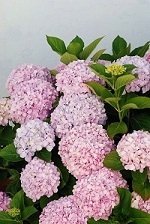
Hydrangea
Melastoma affine, also known by the common name Blue Tongue. Is another attractive flowering shrub that removes aluminum from the soil is it has leathery dark green foliage (evergreen in hot climates) and purple flowers, followed by sweet purple fruits that stain your tongue blue, hence the name.
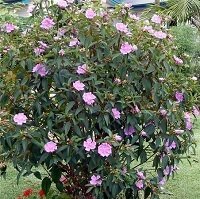 Blue Tongue
Blue Tongue
Kale, mustard greens, collards, broccoli, will remove lead from the soil. However you won't want to eat plants used for this purpose.
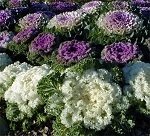
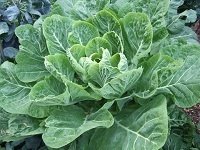
Kale
Collards
Water Hyssop removes not only lead, but mercury, cadmium and chromium from bogs and wetlands, and makes a lovely ground cover for muddy shores. It has small succulent leaves, and dainty white flowers.
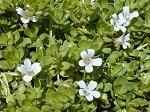
Water Hyssop
Water Hyacinth naturally absorbs pollutants from water, including cadmium, chromium, mercury, lead, zinc, cesium, strontium-90, uranium, and pesticides. It is extremely fast growing and has lovely blossoms, mostly lavender to pink. It originated in South America but is now an invasive species in frost-free areas.
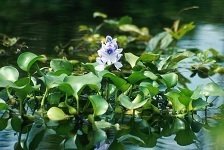 Water Hyacinth
Water Hyacinth
As many people move back into urban areas to renovate historic homes, cities like Detroit, Cleveland, Atlanta, and Boston are seeing a new generation of urban gardener planting beautiful gardens on properties that used to contain burned-out or deserted structures. Many of these properties have contaminated soil. If you are in this situation and a soil test indicates the soil is indeed contaminated, I hope you will consider phytoremediation to corret the problem.
For information on the types of plants needed for your particular region contact your county extension office for advice. You will find them listed in the phone book under county government.
Copyright © www.100flowers.win Botanic Garden All Rights Reserved